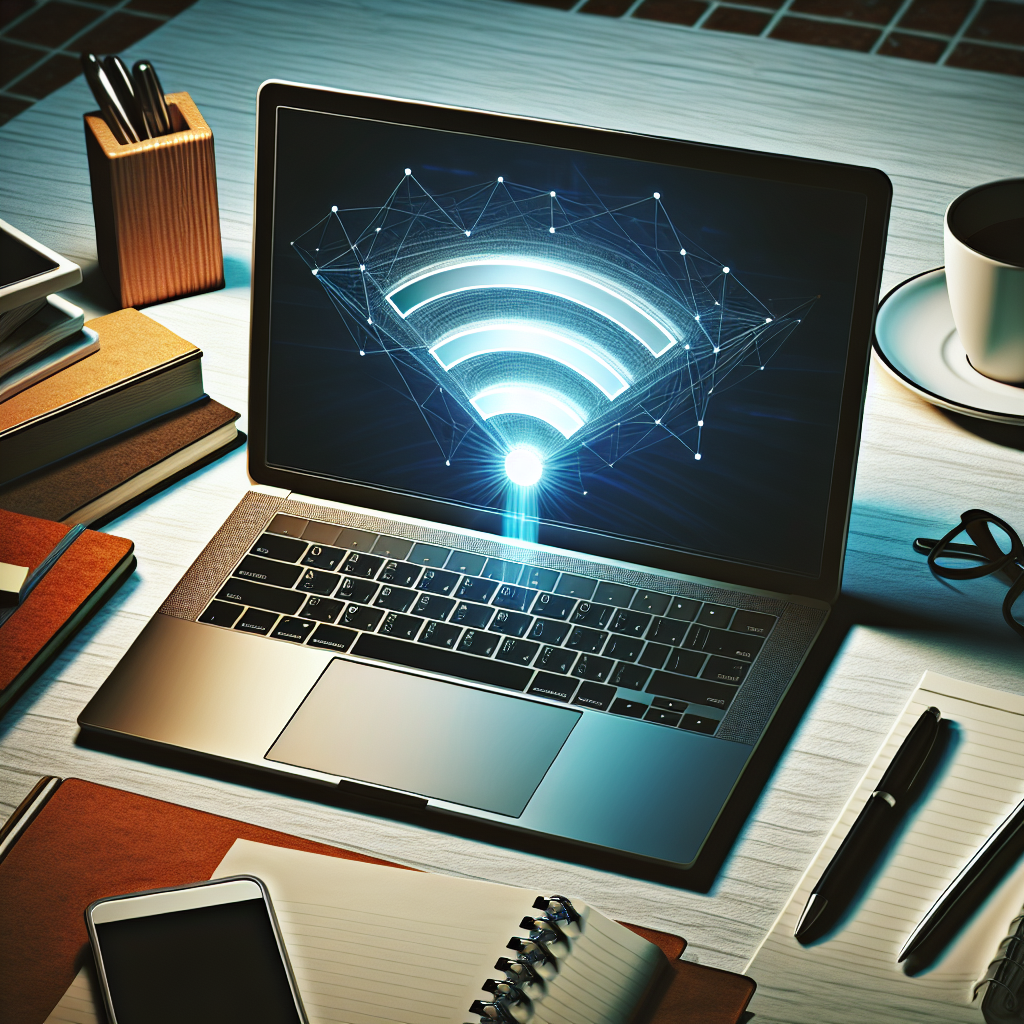Experiencing issues with your laptop’s WiFi connection can be frustrating. These issues can often be resolved by resetting the WiFi adapter. This article provides a comprehensive guide on how to reset the WiFi adapter on your laptop.
Common Issues Indicating the Need to Reset the WiFi Adapter
Here are some common signs that suggest you may need to reset your WiFi adapter:
- Intermittent WiFi connection
- WiFi network not showing up
- No internet access when connected to WiFi
- Slow internet speeds
- Network connection drops frequently
Steps to Reset the WiFi Adapter
Method 1: Using the Network Settings
- Open Settings: Press the Windows key + I to open the Settings window.
- Go to Network & Internet: Select Network & Internet from the menu.
- Open Network Status: In the left pane, click on Status.
- Access Network Reset: Scroll down and click on Network reset.
- Confirm Reset: In the Network reset page, click on Reset now, then confirm if prompted.
Method 2: Using Device Manager
- Open Device Manager: Press the Windows key + X and select Device Manager.
- Expand Network Adapters: In the Device Manager window, expand the Network adapters section.
- Locate WiFi Adapter: Find your WiFi adapter, right-click on it, and select Disable device.
- Re-enable WiFi Adapter: Wait a few seconds, right-click the WiFi adapter again, and select Enable device.
Method 3: Command Prompt
- Open Command Prompt as Admin: Press Windows key + X and select Command Prompt (Admin).
- Run Network Reset Commands: Type the following commands and press Enter after each:
netsh winsock resetnetsh int ip resetipconfig /releaseipconfig /renewipconfig /flushdns
- Restart Your Laptop: Close Command Prompt and restart your laptop.
Troubleshooting After Resetting the WiFi Adapter
Sometimes resetting the WiFi adapter alone might not solve the issue. Here are additional troubleshooting steps:
- Check if other devices can connect to the WiFi network.
- Try connecting to a different WiFi network.
- Update the WiFi adapter driver from the Device Manager.
- Reboot your router or modem.
- Ensure airplane mode is turned off.
- Run the Windows Network Troubleshooter.
Steps to Update the WiFi Adapter Driver
Updating the WiFi adapter driver can fix many connection issues:
- Open Device Manager: Press Windows key + X and select Device Manager.
- Locate WiFi Adapter: Expand the Network adapters section and right-click on your WiFi adapter.
- Update Driver: Select Update driver, then choose Search automatically for updated driver software.
- Follow Prompts: Follow the on-screen instructions to complete the update.
Preventing Future WiFi Issues
Here are some tips to prevent WiFi connectivity issues in the future:
- Regularly update your system and drivers.
- Restart your laptop and router periodically.
- Keep your router firmware up-to-date.
- Avoid placing your router near other electronic devices that may cause interference.
- Ensure you have a strong and consistent WiFi signal by positioning your router centrally in your home.
Conclusion
Resetting your WiFi adapter is a straightforward and effective method to resolve various connectivity issues. By following the steps outlined in this guide, you should be able to restore your internet connection and enjoy a stable online experience. Remember to keep your drivers updated and follow the preventive measures to minimize future problems. If you continue to experience issues, consider contacting your ISP or a professional technician for further assistance.

